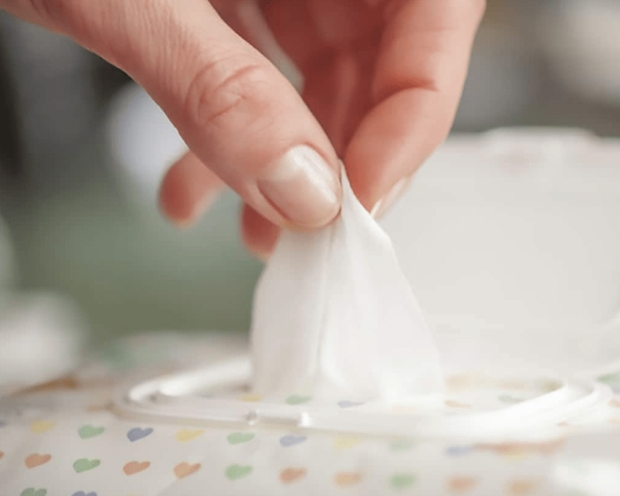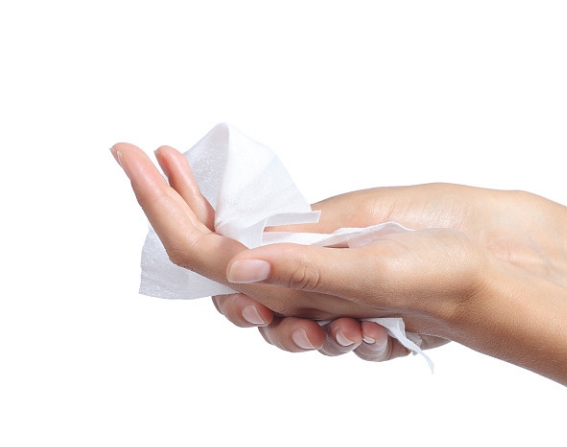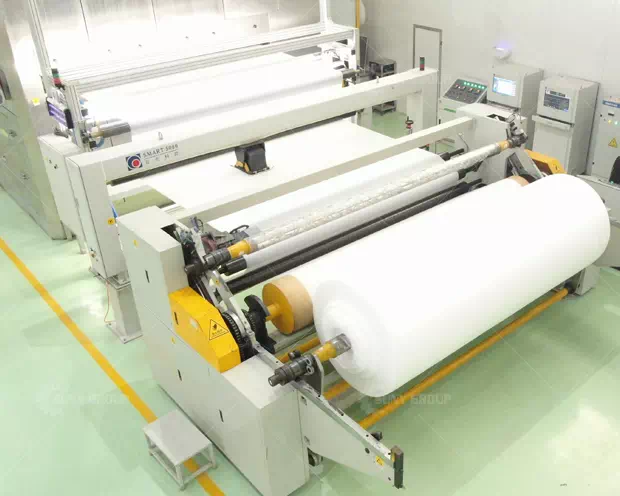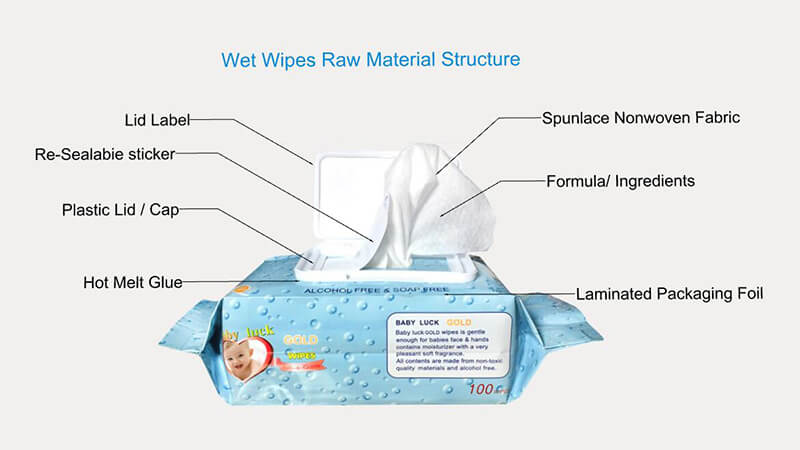The quality of wipes is closely related to the raw materials they are made of, the most important of which is nonwoven fabric. Nonwoven fabric is the base of the wipes and determines the softness and durability of the wipes. A good quality nonwoven ensures that the wipes will not break easily during use and will provide a comfortable touch for people with different skin types.

In addition, the liquid formulation of the wipes is critical. Liquid usually consists of water, moisturizer and disinfectant, etc. Water is the basic ingredient, while the moisturizer can effectively lock the moisture of the skin, and the disinfectant ensures that the wipes have a cleaning effect. The addition of flavor enhances the experience of use, but avoid skin irritation.
As environmental awareness grows, more and more wipes manufacturers are choosing to use biodegradable materials to minimize their impact on the environment. The use of biodegradable non-woven fabrics and eco-friendly packaging materials not only meets the requirements of sustainable development, but also provides consumers with greener options.
Finally, the safety of wipes is crucial. Manufacturers must ensure that all raw materials comply with safety standards, and that strict controls are in place during the production process to ensure that the products are not harmful to consumers’ health. Through scientific raw material selection and strict quality control, wipes can win consumers’ trust in the market.


